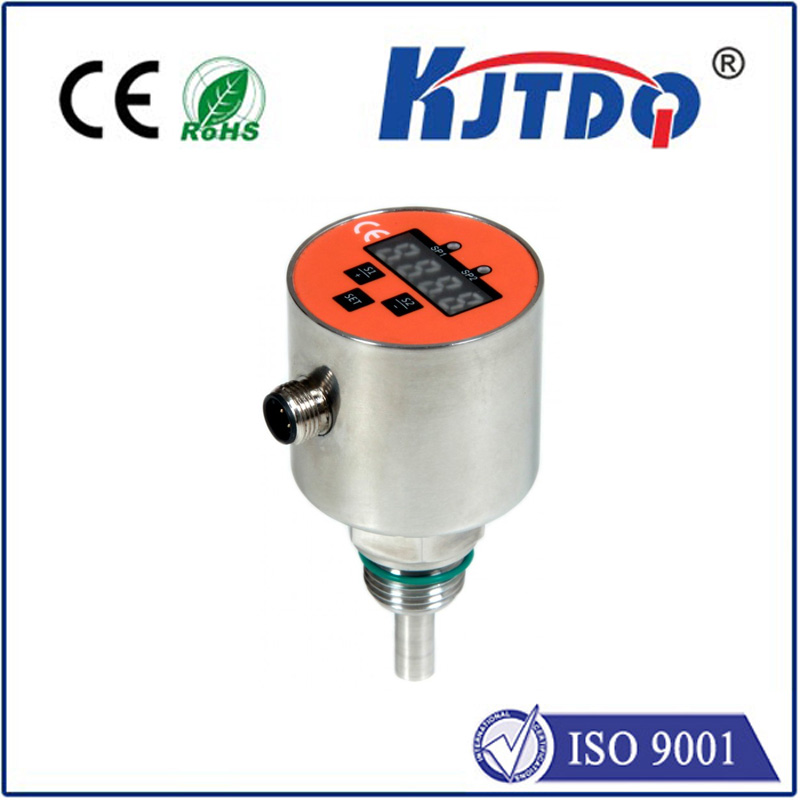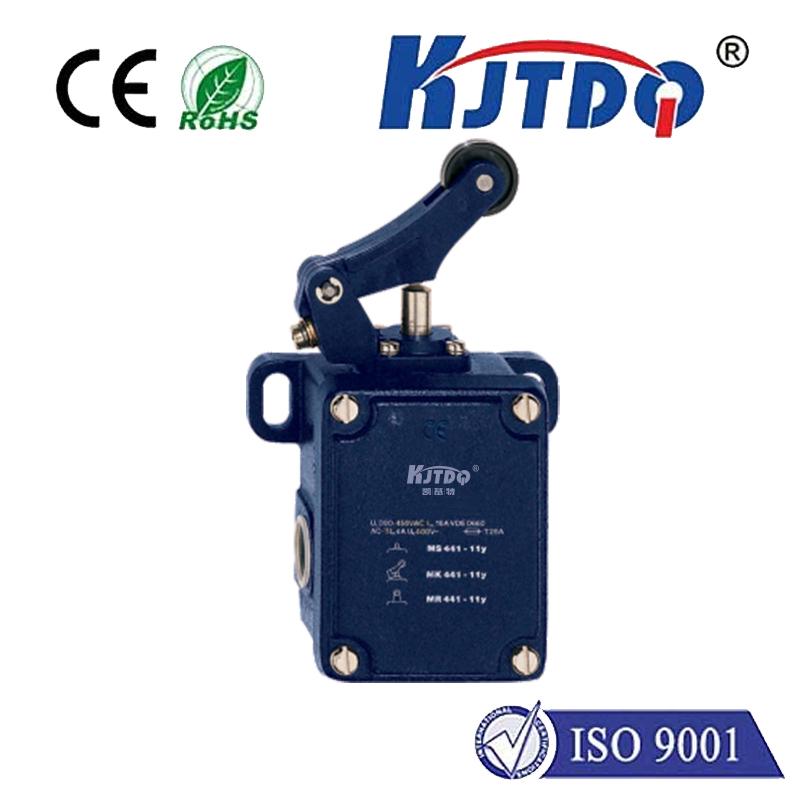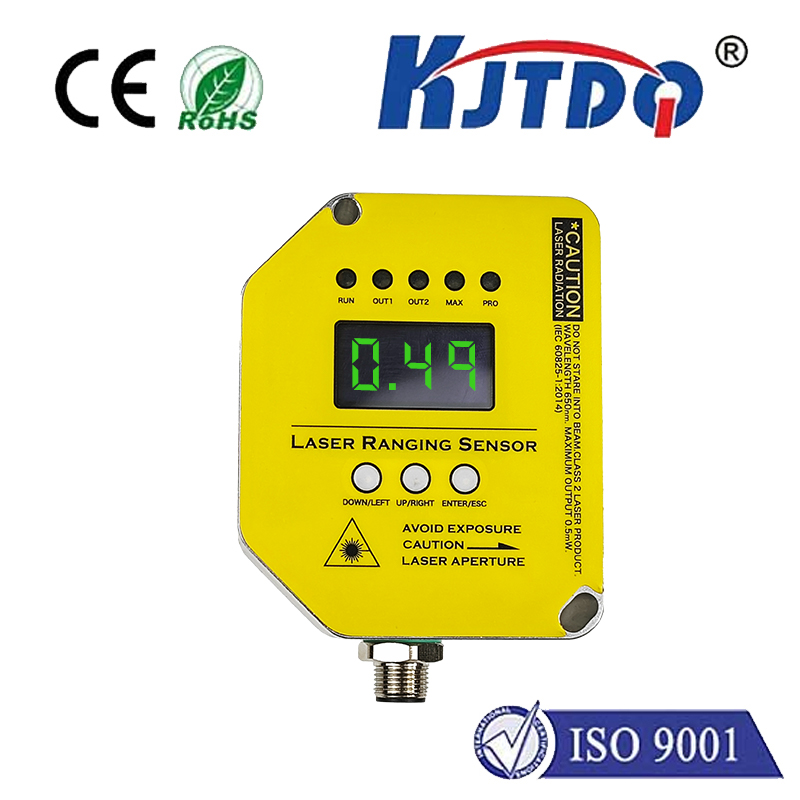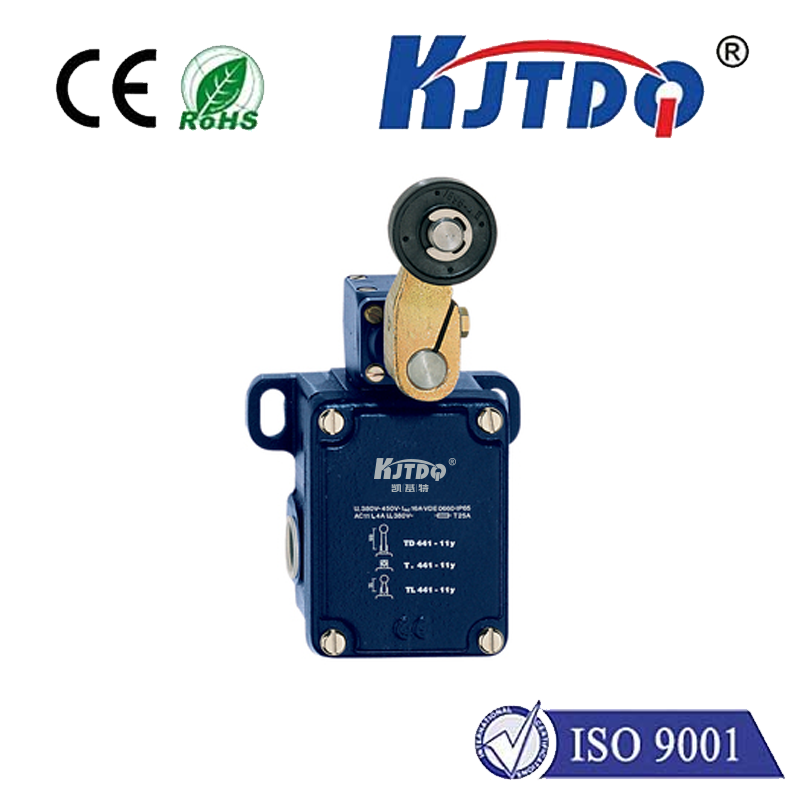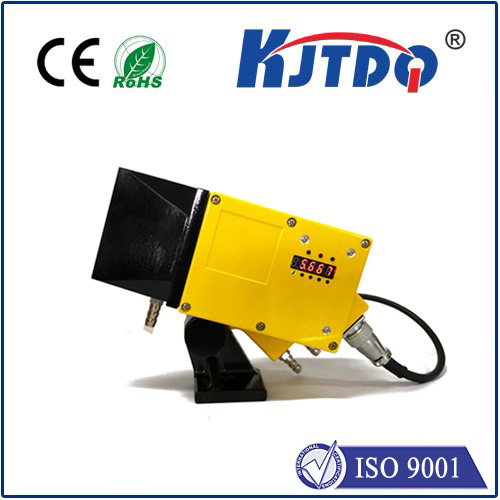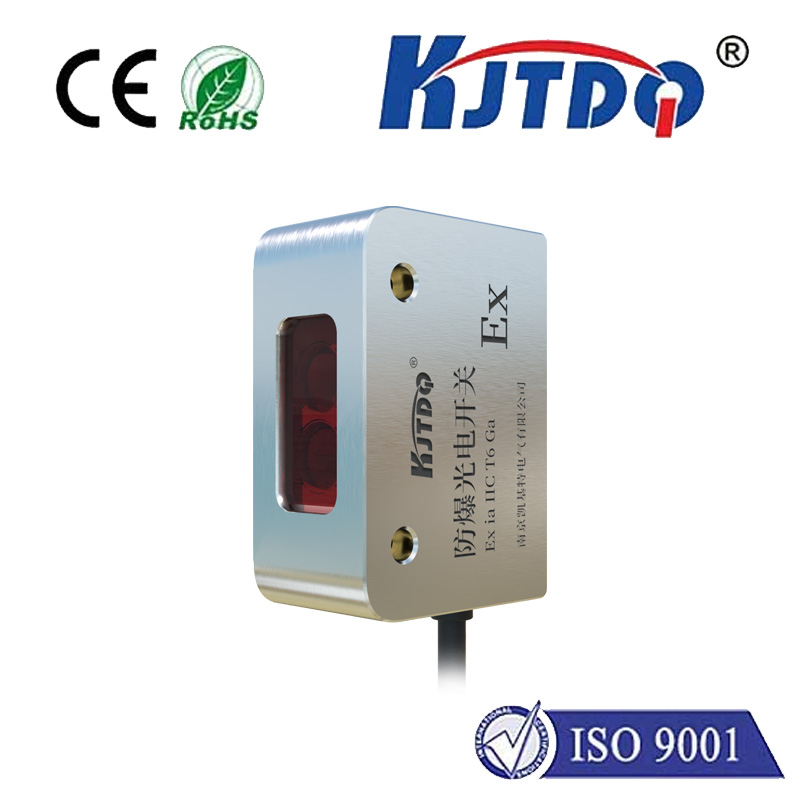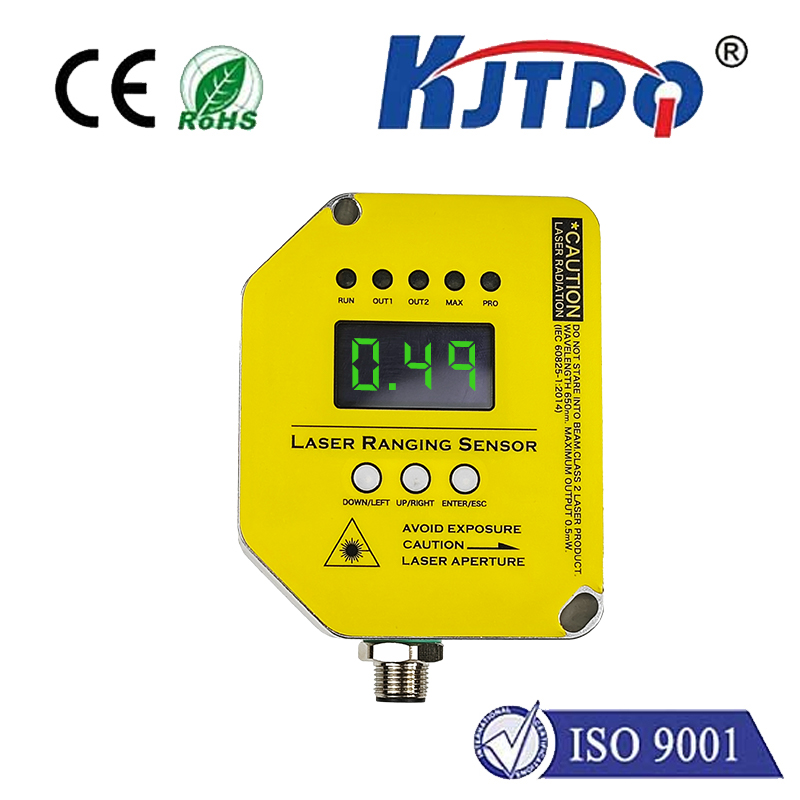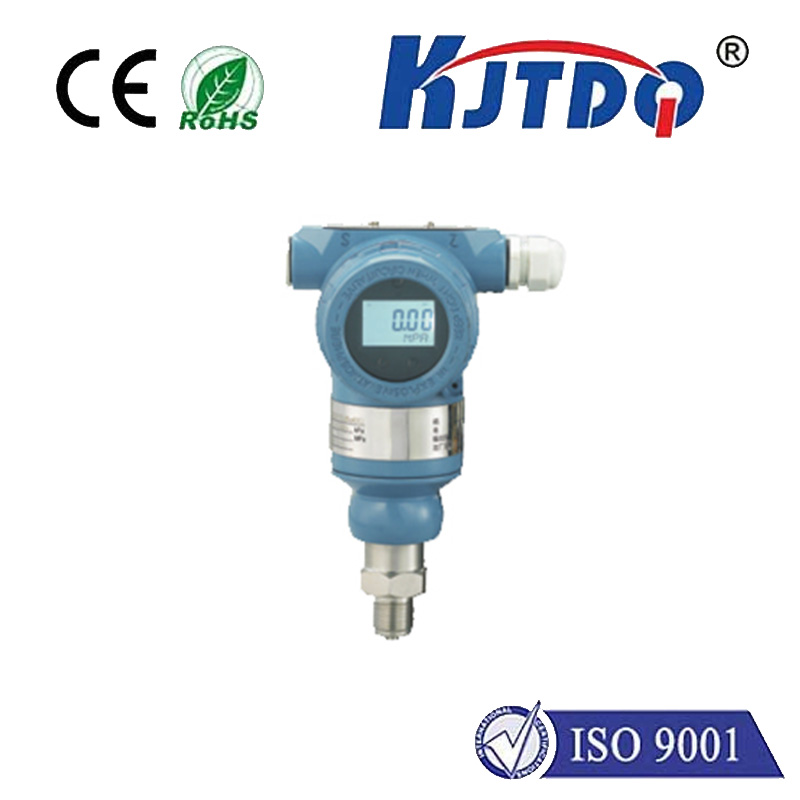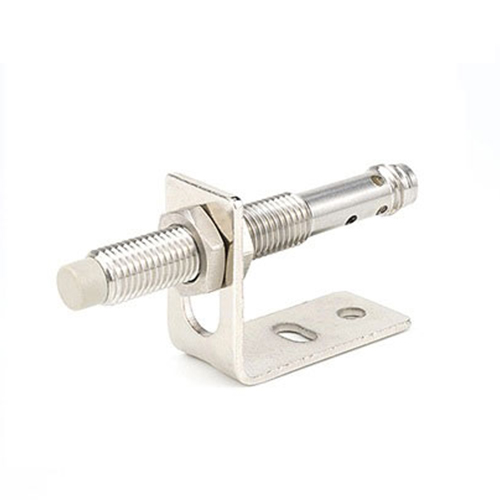Unlocking Precision and Efficiency: The Role of SMT Sensors in Modern Manufacturing In the fast-paced world of electronics manufacturing, precision and efficiency are paramount. As devices become smaller and more complex, the demand for advanced technologies that can ensure accuracy and speed in production has never been greater. Enter SMT sensors—a critical component in the realm of surface mount technology (SMT) that is revolutionizing the way electronic components are assembled. These sensors are not just tools; they are the eyes and ears of modern manufacturing lines, ensuring that every piece is placed with pinpoint accuracy.
SMT sensors are specialized devices used in surface mount technology to monitor and control various aspects of the assembly process. They are integral to the placement machines that mount electronic components onto printed circuit boards (PCBs). These sensors can detect and measure parameters such as component position, alignment, and orientation, ensuring that each part is correctly placed before the soldering process begins. The use of SMT sensors has become increasingly important as the size of electronic components continues to shrink. With components now often measuring less than a millimeter in size, even the slightest misalignment can lead to defects in the final product. SMT sensors help to mitigate this risk by providing real-time feedback to the placement machines, allowing for adjustments to be made on the fly.
The role of SMT sensors in manufacturing cannot be overstated. They are the backbone of precision in the assembly process, ensuring that each component is placed exactly where it needs to be. This level of accuracy is crucial in industries where reliability is key, such as aerospace, automotive, and medical devices. One of the primary functions of SMT sensors is to detect component misalignment. Misaligned components can lead to a variety of issues, including poor electrical connections, short circuits, and even complete device failure. By detecting these issues early in the process, SMT sensors help to reduce waste and improve the overall quality of the final product. In addition to detecting misalignment, SMT sensors also play a crucial role in ensuring that components are placed with the correct orientation. Many electronic components, such as diodes and capacitors, are polarized, meaning that they must be placed in a specific orientation to function correctly. SMT sensors can detect the orientation of these components and ensure that they are placed correctly on the PCB.

There are several types of SMT sensors used in the manufacturing process, each designed to perform a specific function. Some of the most common types include:
Optical Sensors: These sensors use light to detect the position and alignment of components. They are highly accurate and can be used to detect even the smallest deviations from the desired position.
Laser Sensors: Laser sensors use a laser beam to measure the distance between the sensor and the component. This allows for precise measurement of component height, which is important in ensuring that components are placed correctly on the PCB.
Vision Sensors: Vision sensors use cameras to capture images of the components and the PCB. These images are then analyzed by software to determine the position, alignment, and orientation of the components.
Ultrasonic Sensors: Ultrasonic sensors use sound waves to detect the presence of components. They are often used in applications where optical or laser sensors may not be effective, such as in environments with high levels of dust or debris.
As the electronics industry continues to evolve, so too will the technology behind SMT sensors. One of the key trends in the development of SMT sensors is the integration of artificial intelligence (AI) and machine learning (ML) technologies. These technologies can be used to analyze the data collected by SMT sensors in real-time, allowing for more accurate and efficient placement of components. Another important trend is the development of more compact and lightweight SMT sensors. As electronic devices become smaller and more portable, the components used in their manufacture must also become smaller and lighter. This trend is driving the development of SMT sensors that are not only more accurate but also more compact and lightweight, allowing them to be used in a wider range of applications.
SMT sensors are a vital component in the modern manufacturing process, ensuring that electronic components are placed with precision and accuracy. As the electronics industry continues to evolve, the role of SMT sensors will only become more important. With advancements in AI, ML, and sensor technology, the future of SMT sensors looks bright, promising even greater levels of precision and efficiency in the years to come.
